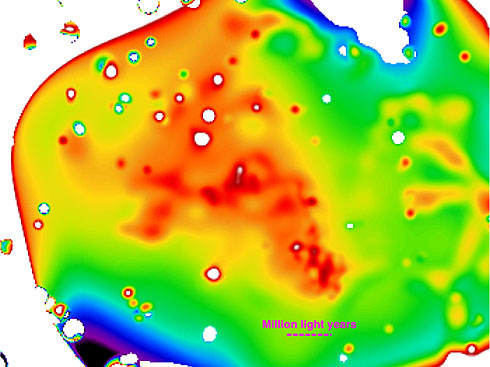|
Title Associate Professor Education Ph.D., Astronomy, University of Maryland, College Park, 1985 Honors and Awards UCLA Honors College
NASA Graduate Student Research Fellowship
NASA Group Achievement Award: Hubble Space Telescope Faint Object Spectrograph Team
NSF Early Career Award
Previous Experience Before coming to UMBC in 1999, I was an associate professor at the University of North Dakota and visiting assistant professor at UCLA. After graduate school, I was a post-doc at the Space Telescope Science Institute and worked on the Hubble Space Telescope. Professional Interests My research field of interest is high energy astrophysics. In particular, I study the formation of large scale structure in the Universe: galaxy clusters, superclusters, and filaments. Structure formation involves energetic collisions of massive objects that produce a ~100 million Kelvin plasma as well as relativistic protons and electrons. These in turn produce a characteristic X-ray signature that I use to study the physics of structure formation. Publications |
|

